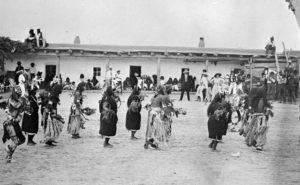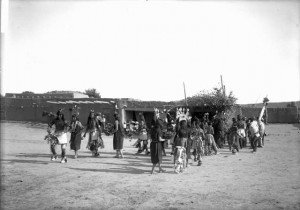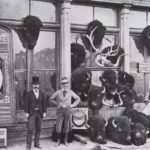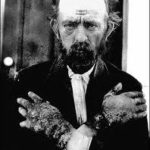Many people believe that buffalo was the mainstay of the Native American diet. Though this belief seems to endorse a low-carb lifestyle, the truth is that Native American diets were as diverse as the lands they lived on.
Southeastern tribes cultivated pumpkins and squashes (probably spread from Mexico) very early on; these were most likely their first domesticated crops . Native peoples also ate beans: cooked, dried, and ground with cornmeal or even by themselves to make a bean flour. Corn was the most important crop, and Native Americans cultivated many varieties.
These three crops were called “The Three Sisters.” They grew well together (the beans could climb up the corn stalks) and provided nutritious, tasty meals. Familiar recipes that incorporate “The Three Sisters” include cornbread, succotash, and pumpkin pie.
Native American soaked hard-kerneled pod corn in water and wood ashes to separate and break down the indigestible husks. The ashes, which gave off a form of lye that broke down the husk, also released the essential vitamin niacin. When Europeans adopted the corn diet, they didn’t use the alkaline ashes process. People who ate a corn-rich diet (poor southerners, as a rule) suffered from a niacin-deficiency condition called pellagra.







